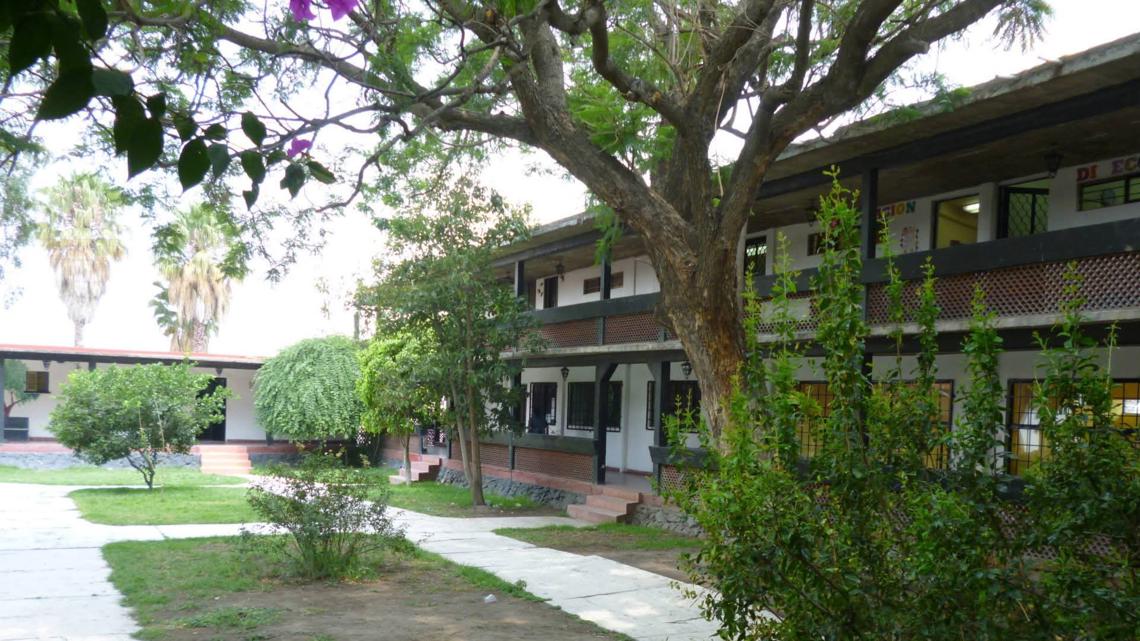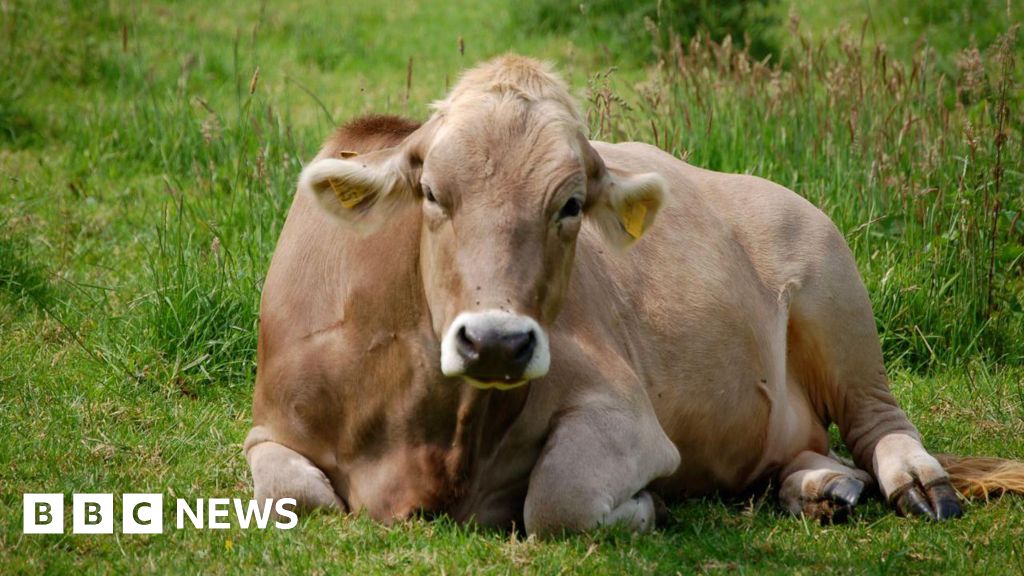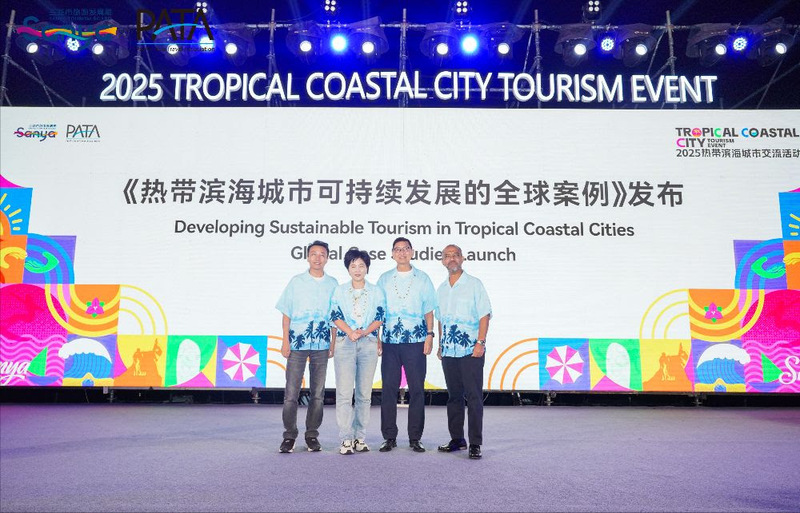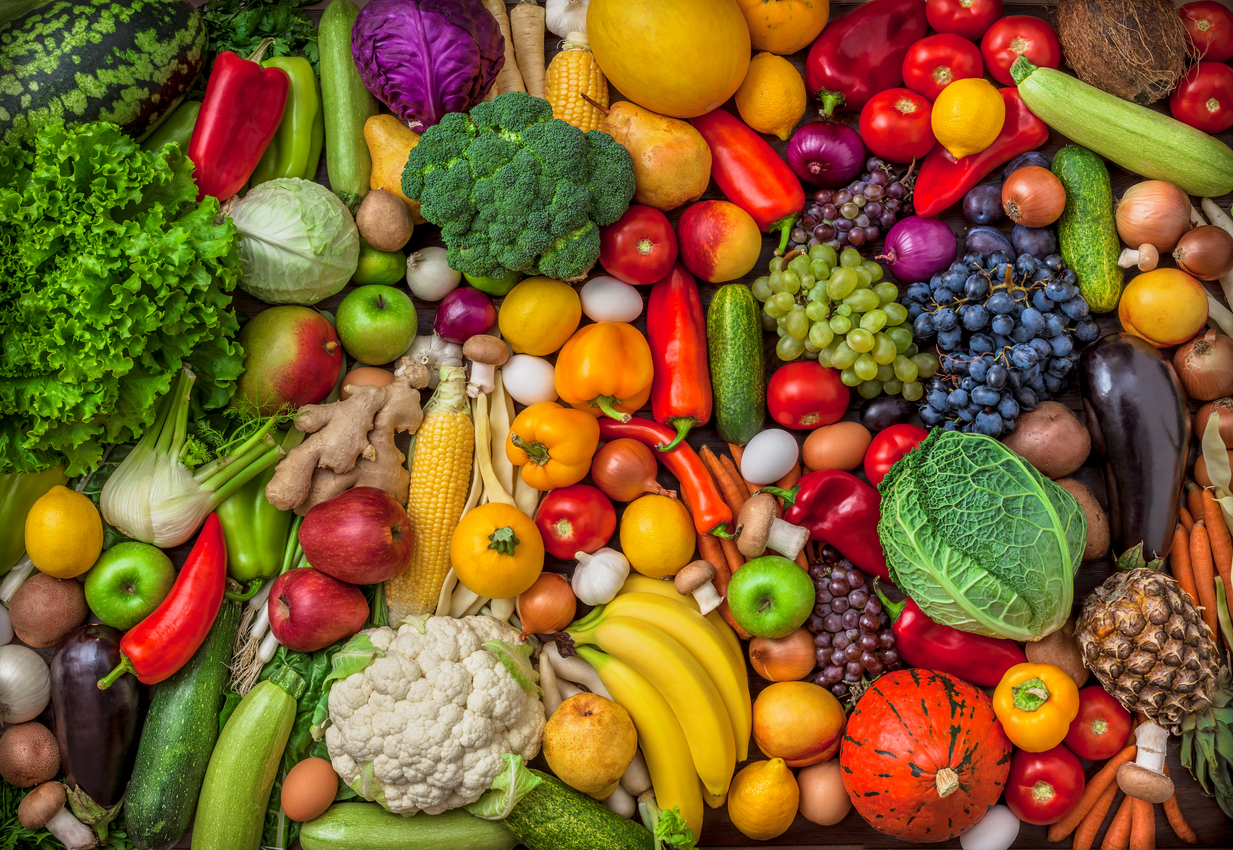Madden Julian Oscillation Update: Influence on La Nina and Potential SSW Events – Climate Impact Company

Analysis of Madden Julian Oscillation and its Implications for Sustainable Development Goals
1.0 Executive Summary
This report analyzes the current state and forecast of the Madden Julian Oscillation (MJO), a significant tropical atmospheric phenomenon. The analysis focuses on the MJO’s influence on the El Niño-Southern Oscillation (ENSO), specifically the La Niña phase, and its potential to trigger Sudden Stratospheric Warming (SSW) events. These climatic interactions have direct and indirect consequences for the achievement of several United Nations Sustainable Development Goals (SDGs), particularly those related to climate action, food security, and community resilience.
2.0 Current MJO Activity and Forecast
2.1 MJO Dynamics and Projection
The MJO has recently exhibited its most robust convection phase in several months, progressing from the Indian Ocean to the Maritime Continent. This activity has been a catalyst for tropical cyclone formation. The 30-day forecast from the European Centre for Medium-Range Weather Forecasts (ECMWF) indicates a short-term weakening as the MJO moves into the West Pacific, followed by a significant re-emergence in the same region during mid-to-late November.
2.2 Link to Global Climate Action (SDG 13)
Monitoring and forecasting the MJO is a critical component of global climate services, directly supporting SDG 13 (Climate Action). Accurate predictions enhance adaptive capacity and strengthen resilience to climate-related hazards by providing advance warning of shifting weather patterns.
- Improved forecasting allows for proactive measures against climate extremes.
- Understanding MJO’s influence on tropical cyclones helps protect vulnerable coastal communities.
3.0 Influence on ENSO and Associated SDG Impacts
3.1 Interaction with La Niña Conditions
The MJO’s position in the West Pacific is causing the Southern Oscillation Index (SOI) to shift to a positive phase. This atmospheric pressure pattern reinforces trade winds, which in turn promotes the upwelling of cool subsurface water in the equatorial Pacific, thereby cooling the Niño34 sea surface temperature anomaly (SSTA). Key observations include:
- The current state is classified as a weak La Niña.
- Subsurface cool anomalies are approximately one-third of the strength observed during the previous year’s La Niña event.
- The 15-day SOI forecast maintains a positive phase, suggesting a marginal intensification of the weak La Niña.
The minimal strength projected for the 2025-26 La Niña suggests its influence on global climate will be limited compared to stronger episodes.
3.2 Implications for Food and Water Security
The state of ENSO is fundamentally linked to global food and water systems, making this analysis relevant to multiple SDGs.
- SDG 2 (Zero Hunger): The forecast for a weak La Niña provides critical intelligence for agricultural planning. It suggests a lower probability of the widespread droughts and floods that strong events can trigger, aiding efforts to ensure stable food production and end hunger.
- SDG 6 (Clean Water and Sanitation): Predicting shifts in rainfall patterns associated with La Niña, even weak ones, is essential for sustainable water resource management, helping to ensure water availability and sanitation for all.
- SDG 14 (Life Below Water): Changes in sea surface temperature directly impact marine ecosystems. Monitoring these shifts is vital for the conservation and sustainable use of oceans and marine resources.
4.0 Potential for High-Latitude Climate Disruption
4.1 Risk of Sudden Stratospheric Warming (SSW)
The forecast strengthening of the MJO in the tropical West Pacific in mid-to-late November is a significant factor to monitor. A strong MJO in this location can initiate a Rossby Wave, which transports energy poleward into the polar stratosphere. This process can lead to a Sudden Stratospheric Warming (SSW) event, particularly during the current easterly phase of the Quasi-Biennial Oscillation (QBO), which is more conducive to such events. The primary consequence of an SSW is the disruption or splitting of the polar vortex, which increases the risk of severe cold air outbreaks and snowfall in the mid-latitudes.
4.2 Relevance for Sustainable and Resilient Communities
The potential for an SSW event underscores the need for robust climate resilience strategies, aligning with key development goals.
- SDG 11 (Sustainable Cities and Communities): Advanced forecasting of SSW events and their potential for causing extreme cold provides a critical window for cities and communities to prepare. This allows for the reinforcement of energy grids, protection of infrastructure, and implementation of public safety measures for vulnerable populations.
- SDG 13 (Climate Action): Understanding the teleconnection between tropical phenomena (MJO) and polar dynamics (SSW) improves the accuracy of regional climate models, which is a cornerstone of effective climate adaptation and disaster risk reduction.
- SDG 17 (Partnerships for the Goals): This analysis relies on global cooperation in data sharing and advanced modeling (e.g., ECMWF), exemplifying the partnerships needed to provide actionable climate information for achieving all Sustainable Development Goals.
Analysis of Sustainable Development Goals in the Article
1. Which SDGs are addressed or connected to the issues highlighted in the article?
The article primarily addresses issues related to SDG 13: Climate Action. The entire text is a technical discussion and forecast of climate and weather phenomena that have significant impacts on the planet’s climate system.
- SDG 13: Climate Action: The article focuses on understanding and predicting major climate patterns such as the Madden Julian Oscillation (MJO) and La Niña. It discusses their influence on weather events, including “tropical cyclone activity” and the “risk of mid-latitude cold and snow.” This analysis is fundamental to climate science and forecasting, which are essential components of taking action on climate change and its impacts.
2. What specific targets under those SDGs can be identified based on the article’s content?
Based on the focus on climate forecasting and hazard prediction, the following targets under SDG 13 are relevant:
-
Target 13.1: Strengthen resilience and adaptive capacity to climate-related hazards and natural disasters in all countries.
- The article provides a 30-day forecast that predicts potential climate-related hazards like tropical cyclones and sudden stratospheric warming (SSW) events, which can lead to extreme cold. This type of early warning information is critical for governments, communities, and industries to prepare for and build resilience against such natural disasters.
-
Target 13.3: Improve education, awareness-raising and human and institutional capacity on climate change mitigation, adaptation, impact reduction and early warning.
- The forecast issued by the “Climate Impact Company” is a tool that builds institutional capacity. By providing detailed scientific analysis on phenomena like the MJO and its potential impacts, it helps organizations make informed decisions to reduce the impact of climate events. It serves as a form of specialized information dissemination that contributes to early warning systems.
3. Are there any indicators mentioned or implied in the article that can be used to measure progress towards the identified targets?
Yes, the article explicitly mentions several scientific indicators that are used to monitor and forecast the climate phenomena it discusses. While not official UN SDG indicators, they are the direct, measurable data points used to provide the early warnings that are central to the identified targets.
- Madden Julian Oscillation (MJO) Phase: The article’s primary focus is on the MJO’s phase and strength. Figure 1 is presented as the “ECM 30-day MJO phase forecast,” which is used to predict upcoming weather patterns.
- Southern Oscillation Index (SOI): The text states that the MJO “causes the southern oscillation index (SOI) to shift to positive phase.” The SOI is a key atmospheric indicator used to monitor the El Niño-Southern Oscillation (ENSO) cycle, including La Niña. The article includes both daily observations and a 15-day forecast for the SOI.
- Nino34 Sea Surface Temperature Anomaly (SSTA): The article mentions that a positive SOI “make[s] the Nino34 sea surface temperature anomaly (SSTA) cooler.” This is a critical indicator for defining the presence and strength of a La Niña event.
- Subsurface/Upper Ocean Heat Anomalies: The article refers to the “subsurface equatorial East Pacific” having a certain “cool anomaly strength” and includes a chart of “upper ocean heat anomalies.” These indicators measure the heat content below the ocean surface, providing crucial information for forecasting the evolution and strength of ENSO events.
4. Summary Table of SDGs, Targets, and Indicators
| SDGs | Targets | Indicators |
|---|---|---|
| SDG 13: Climate Action |
13.1: Strengthen resilience and adaptive capacity to climate-related hazards and natural disasters in all countries.
13.3: Improve education, awareness-raising and human and institutional capacity on climate change mitigation, adaptation, impact reduction and early warning. |
|
Source: climateimpactcompany.com
What is Your Reaction?
 Like
0
Like
0
 Dislike
0
Dislike
0
 Love
0
Love
0
 Funny
0
Funny
0
 Angry
0
Angry
0
 Sad
0
Sad
0
 Wow
0
Wow
0











































































